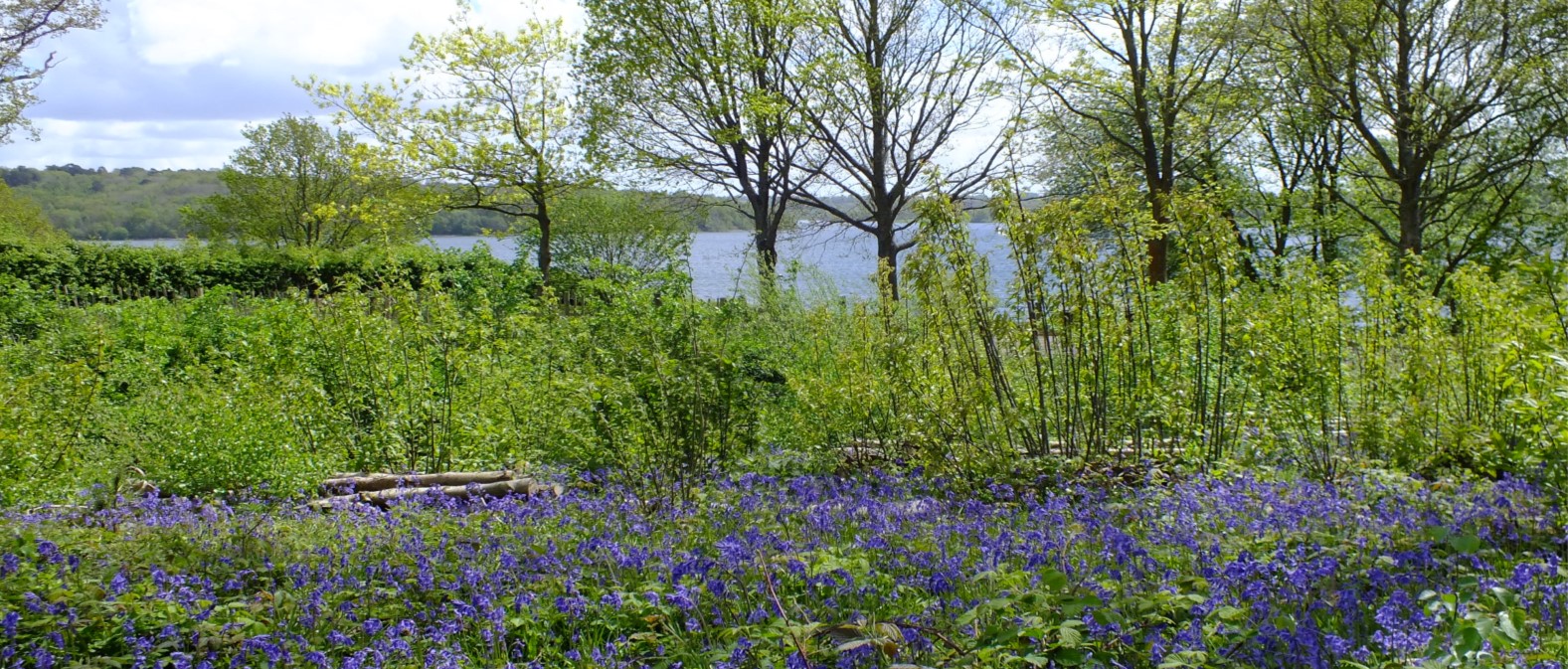A man-made reservoir built in the 1970’s and lying in the High Weald Area of Outstanding Natural Beauty, Bewl Water is the largest inland water in the South East. The water covers 770 acres and has a perimeter of 20 miles. A Round Water route of 13 miles leads, for the greater part, through open meadows and mixed, mainly deciduous, woodland.
The open grassland has, for many years, been managed by a programme of rotational mowing, leaving some areas until later in the season to allow wild flowers to set seed and propagate. Flower species abound during the spring and summer months from the early bluebells, wood anemones and wild garlic in the woodland margins to the later vetches, loosestrife and knapweed. Numbers of early purple and common spotted orchids are increasing and there are rare sightings of others including the Bee Orchid.
Many of the wooded areas are old coppice woodland, typical of this area, with much sweet chestnut, ash, hazel and birch and some areas are designated Ancient Semi-Natural Woodland. An active coppicing programme is pursued where possible to ensure the woodland is maintained in a vigorous and sustainable condition. As well as producing a useful crop of chestnut fence posts and fire wood, this traditional woodland practice also provides a variety habitats to promote biodiversity with the creation of glades and rides and a succession of canopy heights. The acidic clay of the area also supports innumerable oak trees which in turn are home to hundreds of species, an essential part of the food chain.
Although the waterline varies with falling water levels, some resilient plants such as ox-eye daisies and the distinctive smelling water mint are quick to colonise the open previously flooded areas. Some areas need to be cut annually to prevent total colonisation by willow while another plant requiring control is the ever present blackthorn which, although a provider of the sloes used to flavour gin, can be an aggressive and over-dominant intruder.
The variety of habitats ensure good insect life, both land and water based. Many species of dragonflies have been observed over the years while smaller striking bright blue damsel flies can be seen flitting in the water margins in the summer. Fisherman favour the caddis flies, midge and occasional mayflies that fish feed on while walkers enjoy the numerous butterflies and moths that flutter through the grassland and woodland. Among the larger animals that may be seen during quieter times are deer, foxes, badgers, weasels and stoats.
Part of Bewl is designated Nature Reserve, a quiet and undisturbed area that provides a haven for birds that may be disturbed by activity in other areas, however all areas can offer interesting and unusual bird sightings. Barn owls and buzzard are among the larger birds that may be seen while occasionally, in spring and late summer, a passing Osprey may pause to fish at Bewl usually for a few days. This majestic bird provides an unforgettable sight as it dives feet first into the water to seize its prey. Water birds can thrive at Bewl, particularly in years when the levels vary less – then Great Crested Grebe will breed successfully providing a spectacle both with their courtship displays and when carrying their young on their back. Infrequent glimpses of a kingfisher with a brief azure flash remind all that the water is a larder for many species.

